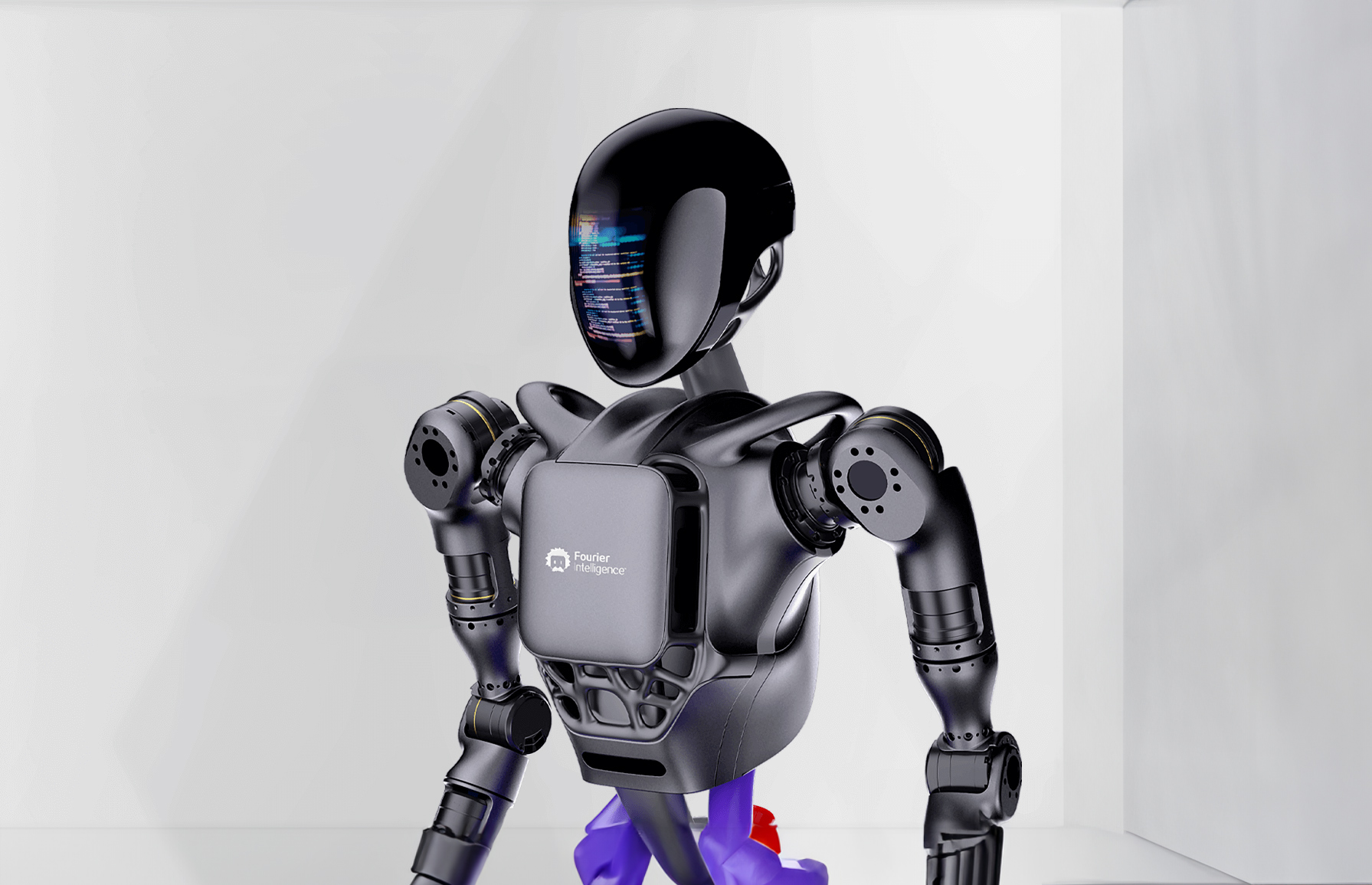Humanoid robots, with their uncanny resemblance to humans, have captivated imaginations for decades. From science fiction fantasies to real-world prototypes, the quest to create robots that mimic our form and function has pushed the boundaries of engineering and robotics. But the process of designing a humanoid robot goes far beyond simply replicating our physical characteristics. It requires a deep understanding of human anatomy, movement, perception, and cognition, all while navigating the ethical implications of creating artificial beings that appear almost human.

This article delves into the core design principles that guide the development of humanoid robots, exploring the challenges and breakthroughs that shape this fascinating field.
1. Biomimetics: Learning from Nature’s Blueprint
One of the foundational principles of humanoid robot design is biomimicry – the practice of imitating biological systems for technological innovation. Studying the way humans move, interact with their environment, and process information provides invaluable insights for engineers.
Locomotion: Human locomotion is a complex, yet elegant, dance of balance, coordination, and muscle control. Biomimetic approaches involve replicating this intricate system using artificial joints, actuators, and sensors. Consider the Boston Dynamics’ Atlas robot – its agile movements and ability to navigate challenging terrains are directly inspired by animal locomotion.
Sensing and Perception: Human senses – sight, hearing, touch, smell, and taste – allow us to perceive and interact with the world around us. Humanoid robots incorporate various sensors to mimic these senses, utilizing cameras for vision, microphones for hearing, tactile sensors for touch, and even olfactory sensors for smell.
Cognitive Functioning: Replicating complex cognitive functions like learning, decision-making, and problem-solving remains a significant challenge. However, researchers are exploring artificial intelligence (AI) algorithms inspired by the human brain to endow robots with basic cognitive abilities.
2. Articulation and Actuation: Bringing Robots to Life
Humanoid robots need to move in a way that is both fluid and lifelike. This requires sophisticated articulation systems – the arrangement of joints and limbs – and powerful actuators to control these movements.
- Degrees of Freedom (DOF): The number of independent joints a robot has determines its range of motion. Humanoid robots typically have numerous DOF, often exceeding those of a human body, allowing for greater flexibility and dexterity.
- Actuator Types: Different types of actuators, such as electric motors, hydraulic systems, or pneumatic systems, are used to power the joints. The choice of actuator depends on factors like required torque, speed, precision, and power requirements.
3. Human-Robot Interaction (HRI): Building Trust and Understanding
A central goal of humanoid robotics is to create robots that can seamlessly interact with humans. This involves designing robots that are not only physically capable but also socially acceptable and intuitively understood.
- Physical Appearance: The way a humanoid robot looks significantly impacts how humans perceive and interact with it. Designers often prioritize creating robots with human-like facial expressions, gestures, and body language to foster a sense of familiarity and trust.
- Communication: Effective communication is crucial for HRI. Robots need to be able to understand natural language, respond appropriately, and potentially engage in non-verbal communication like eye contact or facial expressions.
- Safety and Ethics: Designing robots that are safe to interact with is paramount. This includes implementing robust safety mechanisms, ensuring robots operate within defined boundaries, and addressing ethical concerns surrounding artificial intelligence and robot autonomy.
4. Advancements in Materials and Manufacturing
The development of novel materials and advanced manufacturing techniques continues to revolutionize humanoid robot design.
- Lightweight and Durable Materials: Robots need to be strong and resilient while remaining lightweight for efficient movement. Materials like carbon fiber, titanium alloys, and advanced composites offer the necessary strength-to-weight ratio.
- 3D Printing and Robotics: 3D printing allows for the rapid prototyping and customization of robot components, significantly accelerating the design and development process.
FAQs:
Q: Are humanoid robots a threat to humans?
A: This is a complex question with no easy answers. While humanoid robots are undeniably powerful, responsible development and ethical guidelines are crucial to ensure they are used safely and beneficially. The focus should be on leveraging their potential for good while mitigating potential risks.
Q: When will we have robots that are truly "humanoid"?
A: Defining what constitutes a "truly humanoid" robot is subjective and constantly evolving. While robots are becoming increasingly sophisticated, fully replicating human intelligence, emotions, and consciousness remains a significant scientific challenge. It’s likely to be a long-term endeavor with ongoing advancements in AI and robotics.
Q: What are the potential applications of humanoid robots?
A: Humanoid robots have a wide range of potential applications:
- Healthcare: Assisting with patient care, rehabilitation, and surgery.
- Manufacturing and Logistics: Performing repetitive tasks, handling materials, and collaborating with human workers.
- Service Industry: Providing customer service, assisting in retail settings, and offering companionship to the elderly.
- Exploration and Disaster Relief: Navigating hazardous environments and providing aid in disaster zones.
Conclusion:
Designing humanoid robots is a multifaceted challenge that pushes the boundaries of engineering, AI, and ethics. By drawing inspiration from nature, exploring innovative materials, and prioritizing human-centered design, we are gradually bridging the gap between science fiction and reality. As this field continues to evolve, humanoid robots hold immense promise for transforming various aspects of our lives, but it’s crucial to ensure their development and deployment are guided by responsible principles that prioritize human well-being and societal benefit.
Closure
Thus, we hope this article has provided valuable insights into Engineering Sentience: Unpacking the Design Principles of Humanoid Robots. We appreciate your attention to our article. See you in our next article!
